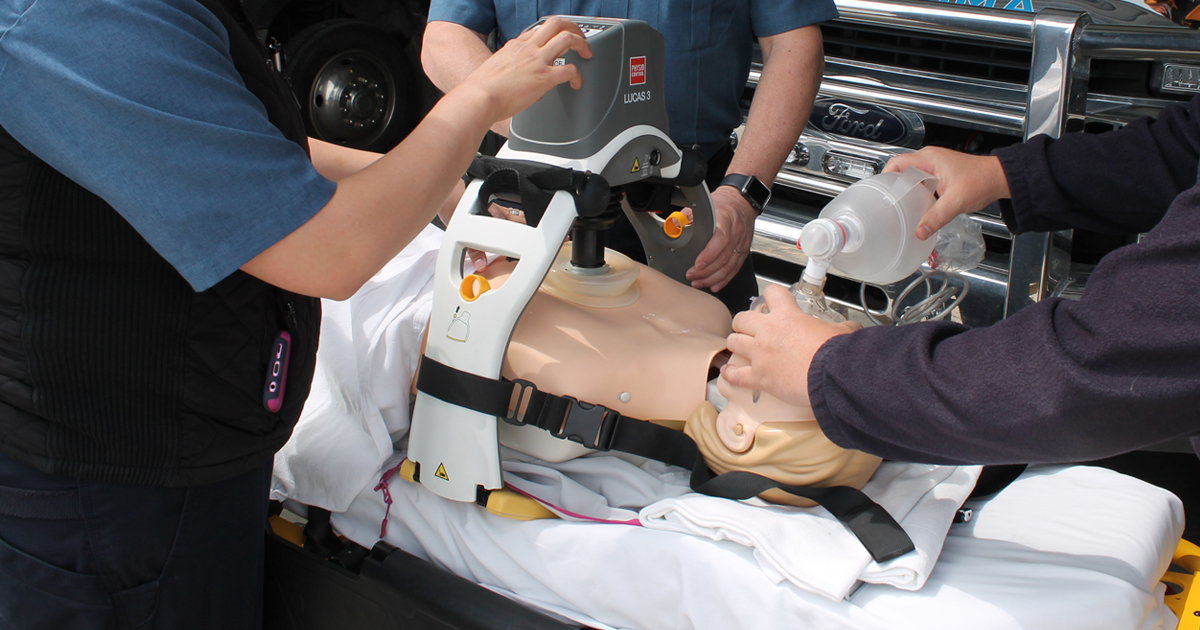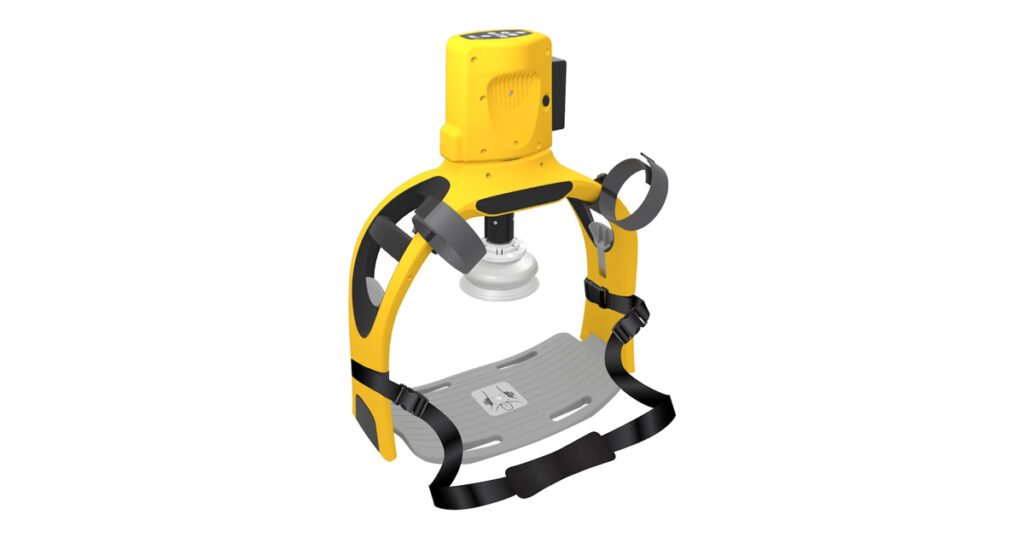

In the fast-evolving landscape of emergency medical care, mechanical chest compression devices have emerged as pivotal tools that enhance the delivery and efficacy of cardiopulmonary resuscitation (CPR). These advanced devices are designed to deliver consistent, optimal compressions to a cardiac arrest victim, often surpassing the variability and fatigue associated with manual CPR. At Rapid CPR Dallas, we recognize the significance of integrating cutting-edge technology into life-saving practices. This article delves into the mechanics, advantages, and practical applications of mechanical chest compression devices in modern CPR procedures. Whether you are a healthcare professional seeking to augment your emergency response capabilities or simply a community member eager to understand the latest in CPR technology, this comprehensive overview will equip you with essential knowledge to appreciate and advocate for advanced CPR solutions.
Mechanical chest compression devices are sophisticated tools designed to automate the process of administering chest compressions during cardiopulmonary resuscitation (CPR). These essential life-saving devices come equipped with a mechanized system that applies consistent pressure on the patient’s chest, mimicking the manual compressions done during traditional CPR but with greater precision and sustainability over extended periods.

At the core of mechanical chest compression devices is a battery-operated or electrically powered mechanism that drives a compression pad or band to apply direct force to a patient’s chest. The device is typically designed to ensure that each compression meets the depth and rate recommended by CPR guidelines—approximately 2 inches deep and at a rate of 100 to 120 compressions per minute. Some advanced models are equipped with adjustable settings to cater to different body sizes and specific medical conditions, ensuring optimal resuscitation efforts across diverse patient demographics.
Additionally, these devices often include integrated features to monitor the force and frequency of compressions, providing real-time feedback to rescuers and health care professionals. This capability not only aids in maintaining the quality of compressions but also allows adjustments to be made on the fly to adapt to the dynamic conditions of a cardiac arrest scenario.
Consistency and Efficiency: One of the primary advantages of using mechanical chest compression devices is the consistency they offer. Unlike human providers who may tire or vary in their ability to deliver manual compressions, mechanical devices can perform at a constant rate and depth for an extended period without fatigue, which is crucial during prolonged resuscitation efforts.
Enhanced Circulation: Studies have shown that the consistent compressions provided by mechanical devices can lead to better blood circulation compared to manual CPR. This increased efficiency in blood flow delivers more oxygen and vital nutrients to the brain and other organs, potentially increasing the likelihood of survival and recovery.
Safety and Reduced Rescuer Fatigue: During prolonged CPR, rescuer fatigue can lead to ineffective compressions, diminishing the chances of patient survival. Mechanical devices alleviate this issue, maintaining optimal compression cycles, which can be particularly crucial in challenging environments such as moving ambulances or remote locations.
Allow Multitasking During Critical Care: Mechanical chest compression devices free up medical personnel to perform other essential tasks, such as administering medications, preparing for advanced life support measures, or transporting the patient, without interruption to the vital circulation support needed.
Emergency Medical Services (EMS): Mechanical compression devices are increasingly becoming an integral part of EMS equipment. The ability to provide sustained, effective CPR during the transport of patients in ambulances is revolutionizing pre-hospital care, particularly in cases of cardiac arrest.
Hospitals: In clinical settings, these devices are used during emergency resuscitation situations and sometimes during certain medical procedures where cardiac stability needs to be maintained. They are proving to be a critical tool in improving outcomes for cardiac arrest patients.
Public Access: With growing emphasis on public knowledge of CPR, some municipalities and public institutions have begun positioning these devices in high-traffic areas alongside automated external defibrillators (AEDs). This strategy enhances the capacity for immediate, effective first response in public spaces.
Military and Special Use: The rugged design of some mechanical chest compression devices makes them suitable for military and field use, where medical aid may need to be administered in austere or unstable conditions.
Given the sophistication and critical role of these devices, proper training is mandatory to ensure they are used effectively. Training programs, such as those offered by Rapid CPR Dallas, cover the operation, maintenance, and troubleshooting of mechanical chest compression devices. These programs are essential for EMS providers, hospital teams, and potentially for individuals in workplaces equipped with these devices.
Additionally, certification courses often include scenarios that mimic real-life emergencies, allowing trainees to gain hands-on experience using these devices under stress. Such comprehensive training ensures that during an actual cardiac arrest scenario, the device can be deployed quickly and competently, enhancing the chances of survival.
Mechanical chest compression devices represent a significant advancement in the field of emergency medicine, offering a more efficient and consistent alternative to manual CPR. Their integration into various aspects of emergency response and healthcare underscores a broader move towards more technologically advanced and effective medical procedures. As these devices continue to evolve and become more embedded in the standards of care, their impact on saving lives and improving cardiac arrest outcomes is expected to grow substantially.
As mechanical chest compression devices become increasingly integral in emergency responses, understanding and mastering their use is essential. At Rapid CPR Dallas, we provide specialized training that equips you with the skills needed to operate these advanced devices effectively. Our expert-led courses ensure you are prepared to handle real-world emergencies, enhancing the survival chances of those suffering from cardiac events.
Embrace the future of lifesaving techniques by enrolling in our CPR training programs today. Whether you are a healthcare professional aiming to update your skills or an individual committed to community safety, our comprehensive training will prepare you to make a critical difference. Reach out to Rapid CPR Dallas today to discover more about our courses and how you can contribute to saving lives with cutting-edge CPR technology.

